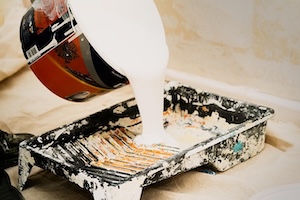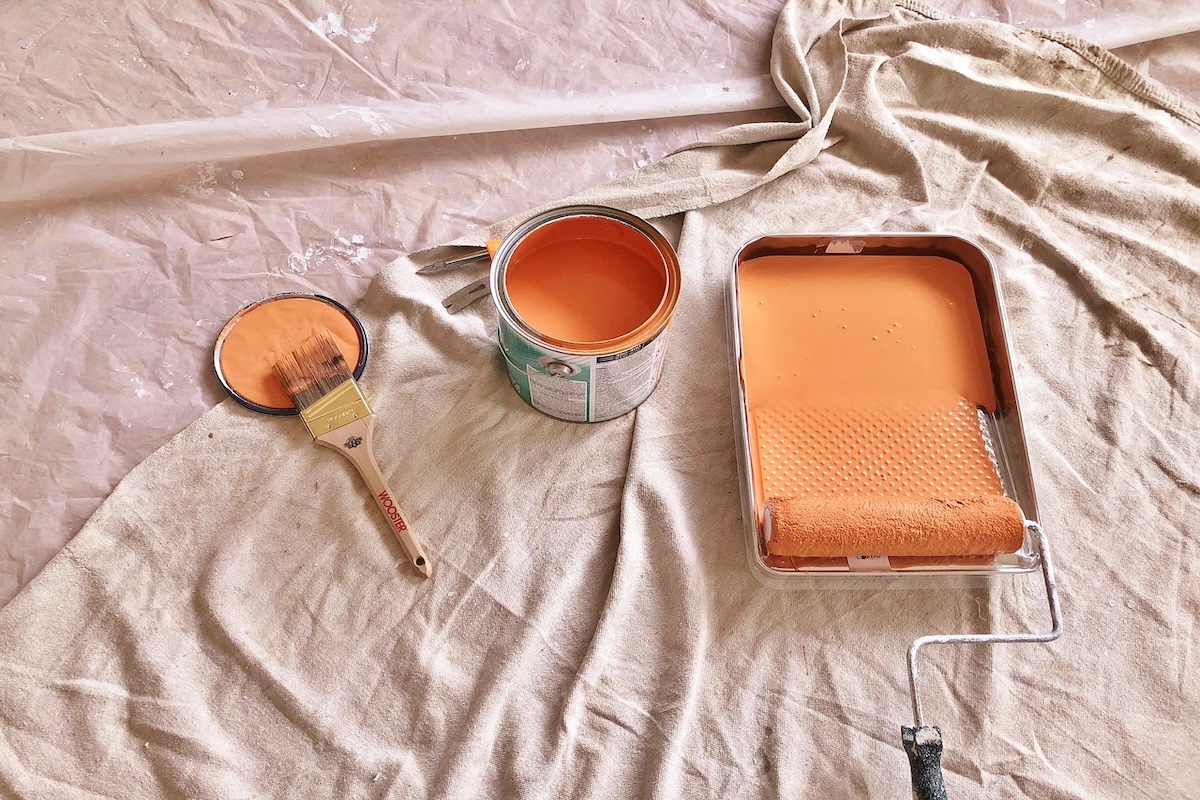Eco Coating for Sustainable Homes
Sustainability is no longer a fringe concern—it’s an essential consideration for homeowners who want to make conscious decisions about the materials they use in their living spaces. Whether renovating a weathered façade or updating interiors, the move toward eco-friendly options is gaining momentum. Surprisingly, even the realm of coatings, from heavy-duty industrial coatings used in structural applications to residential finishes, is undergoing a green revolution. Homeowners are also reevaluating what products they use to remove existing finishes, opting for an eco-friendly paint stripper as a safer alternative to harsh chemical removers.
As awareness rises about the environmental impact of paints and finishes, manufacturers have responded by creating coatings that feature lower volatile organic compounds (VOCs), extended life spans, and enhanced environmental profiles.. These innovations allow for aesthetically pleasing results without compromising indoor air quality or contributing to broader pollution. For sustainable homes, the choice of eco-friendly coatings represents both a responsible decision and a practical investment.
One of the key issues with conventional paints is the emission of VOCs. These are chemicals that vaporise into the air during and after application, contributing to indoor air pollution and smog formation. Prolonged exposure to VOCs can cause health problems such as headaches, respiratory irritation, and, in some cases, more serious conditions. Eco-friendly paints, on the other hand, are formulated with either zero or low VOC content, making them significantly safer for both the applicator and the inhabitants of the home.
Water-based coatings are a major player in this space. These finishes use water as a carrier instead of petroleum-based solvents, reducing the level of VOCs released into the environment. Many modern water-based coatings also offer high durability, UV resistance, and a range of finishes, making them suitable for everything from interior walls to exterior cladding. Homeowners can now enjoy high-performance coatings without the drawbacks of traditional solvent-based options.

Beyond VOC levels, the overall lifecycle of a coating is important in evaluating its sustainability. A coating that lasts longer reduces the need for frequent repainting, which in turn lowers the consumption of materials and energy. Advanced formulations today include self-cleaning surfaces and high reflectivity, which help keep homes cooler and reduce reliance on air conditioning. These coatings reduce environmental impact and also contribute to lower energy bills and maintenance costs.
Another creative and innovative approach is the incorporation of recycled content into coating formulas. Some eco-friendly paints use recycled materials such as reclaimed latex or natural mineral pigments. These coatings reduce the demand for virgin materials and offer a creative way to repurpose waste products that would have otherwise end up in landfills. In addition, many companies are transitioning to more sustainable packaging, using recyclable or biodegradable containers to further minimise their environmental footprint.
The production process itself is also a major consideration. Responsible manufacturers are focusing on reducing water and energy consumption during the creation of their products. They are investing in cleaner technologies, minimising emissions, and sourcing raw materials ethically. By supporting companies that prioritise these practices, consumers play an active role in promoting sustainability across the supply chain.
When considering coatings for exterior surfaces, especially in areas exposed to extreme weather, durability is a key factor. Sustainable coatings are not only environmentally friendly but also engineered to withstand harsh conditions such as UV radiation, wind, and rain. This helps prevent flaking, fading, and other issues that require more frequent touch-ups. As a result, fewer resources are used over time, which aligns perfectly with a low-impact lifestyle.
For those tackling home renovations, the removal of old coatings can present a challenge. Traditional paint removers often contain harsh chemicals like methylene chloride, which can be dangerous to humans and harmful to the environment. Today, more homeowners are opting for environmentally friendly paint removal solutions made from biodegradable ingredients. These alternatives reduce exposure to toxins and are safer to use indoors and around children and pets.
Colour selection is another area where eco-conscious decisions can make a difference. Lighter hues reflect sunlight and can help keep homes cooler in warmer climates, reducing the need for artificial cooling. Some coatings even come with heat-reflective technology designed specifically for roofing applications, enhancing energy efficiency and comfort inside the home. By selecting smart colours in eco-friendly formulations, homeowners combine design with function.
The trend toward green coatings extends beyond walls and roofs. It includes timber finishes, concrete sealers, and metal protectants that are low in toxicity and high in performance. Timber oils made from natural ingredients such as linseed or tung oil offer a breathable finish that nourishes the wood while reducing harm to the environment. Likewise, eco-friendly concrete sealers protect driveways and patios without putting harmful substances into the soil or waterways.
As councils, architects, and builders embrace sustainable building standards, there’s a growing expectation that homes meet certain environmental criteria. Choosing eco-friendly coatings is an easy way for homeowners to contribute to these goals. Whether for a new build or a renovation, using sustainable products demonstrates a commitment to both personal health and the broader ecosystem.
Another benefit of eco-conscious coatings is their compatibility with sustainable design principles. For example, passive solar design benefits from coatings that reflect or absorb heat strategically, while breathable paints allow natural airflow in heritage homes. Matching coatings to these principles enhances their effectiveness and supports overall home performance.
In the end, building a sustainable home is about making a series of thoughtful decisions, each contributing to a larger impact. From the paints on your walls to the finishes on your outdoor deck, every choice matters. Eco-friendly coatings offer an easy, accessible way to reduce your footprint while still achieving a beautiful, long-lasting result.
By embracing green alternatives—be it through water-based formulas, low-VOC options, or environmentally conscious removers—homeowners can feel confident that their home is not only stylish and functional but also a better place to live.And perhaps most importantly, it sets the tone for a future where sustainability is part of everyday living.



